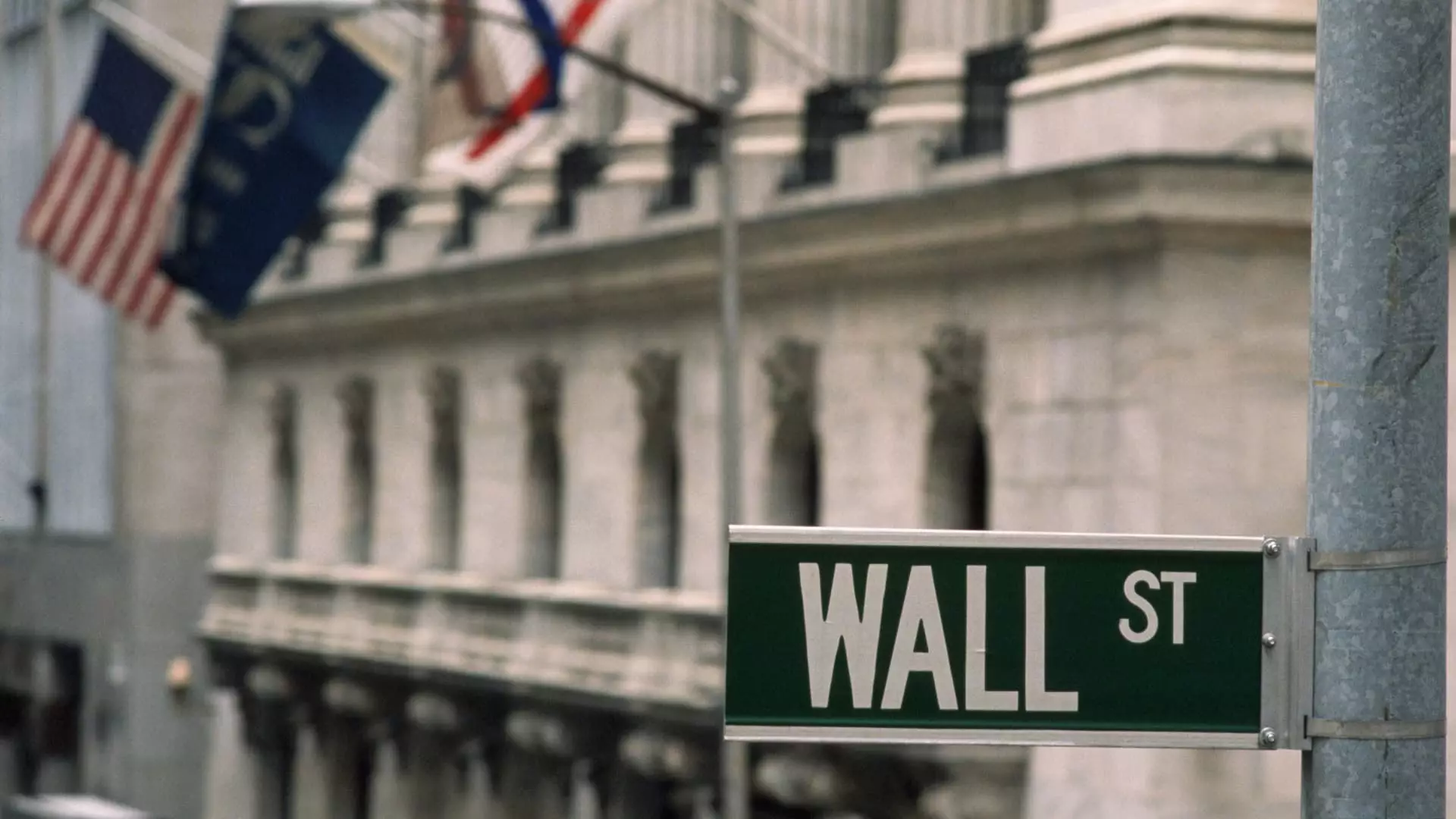As 2025 unfolds, the initial public offering (IPO) arena has seen over a dozen new listings already, marking an intriguing start to the year. However, despite this activity, the market has exhibited a rather lackluster response to these launches. The recent IPOs have not ignited the anticipated investor enthusiasm, leaving industry observers to speculate on what lies ahead for the remainder of the year. Nasdaq’s president, Nelson Griggs, remains optimistic about a potential resurgence in the IPO market as 2025 progresses.
Griggs shared his insights during a recent interview on CNBC’s “ETF Edge,” expressing a belief that the latter half of the year may witness a more robust attendance from public offerings. He likened the fluctuations of the IPO market to a pendulum that oscillates between public and private investment cycles. With a backdrop of minimal capital raises in public markets over the past three years, he emphasized the existence of a substantial backlog of companies poised for public entry. This observation introduces a critical aspect: the marketplace’s cycles and the inherent readiness for a turnaround in fortunes.
Nevertheless, the road to a successful IPO remains riddled with obstacles. Companies like Panera Brands provide a stark reminder of the complexities involved, as they have encountered persistent hurdles in their attempts to enter the public domain. On the other hand, Twin Peaks, a sports bar and division of Fat Brands, successfully launched this week, albeit with the ulterior motive of debt repayment. These circumstances illustrate how the motivations and strategies surrounding IPOs can often be multi-faceted and intertwined with broader financial considerations.
Notably, the current economic landscape also presents challenges for newer entrants, particularly in the tech and AI sectors. Companies like OpenAI may find it more appealing to remain within the private investment ecosystem, where they can secure ample funding without the burdens associated with public listings. Griggs recognized this trend, highlighting that innovations within the private capital sector have enabled firms to access liquidity in ways that were previously unfeasible. This shift indicates a pivotal transformation in investment paradigms, allowing companies to remain private while still robustly funding their operations.
While the allure of private fundraising is clear, Griggs asserts that the advantages of public liquidity are unparalleled. For businesses seeking sustained growth and reaching broader market potential, going public is often a requisite path. This evolving landscape suggests that while private funding sources have expanded, the underlying incentives for companies to transition to public markets are likely to re-emerge, especially as market conditions fluctuate and demand for transparency and stability persists.
As we progress through 2025, the IPO market stands at a crossroads. The sentiments of market leaders and the actions of companies navigating these waters will be crucial in determining whether this pivotal year transforms into the anticipated comeback for public offerings. The delicate balance between public and private investment, alongside external market stimuli, will shape the trajectory of IPOs for the foreseeable future.

